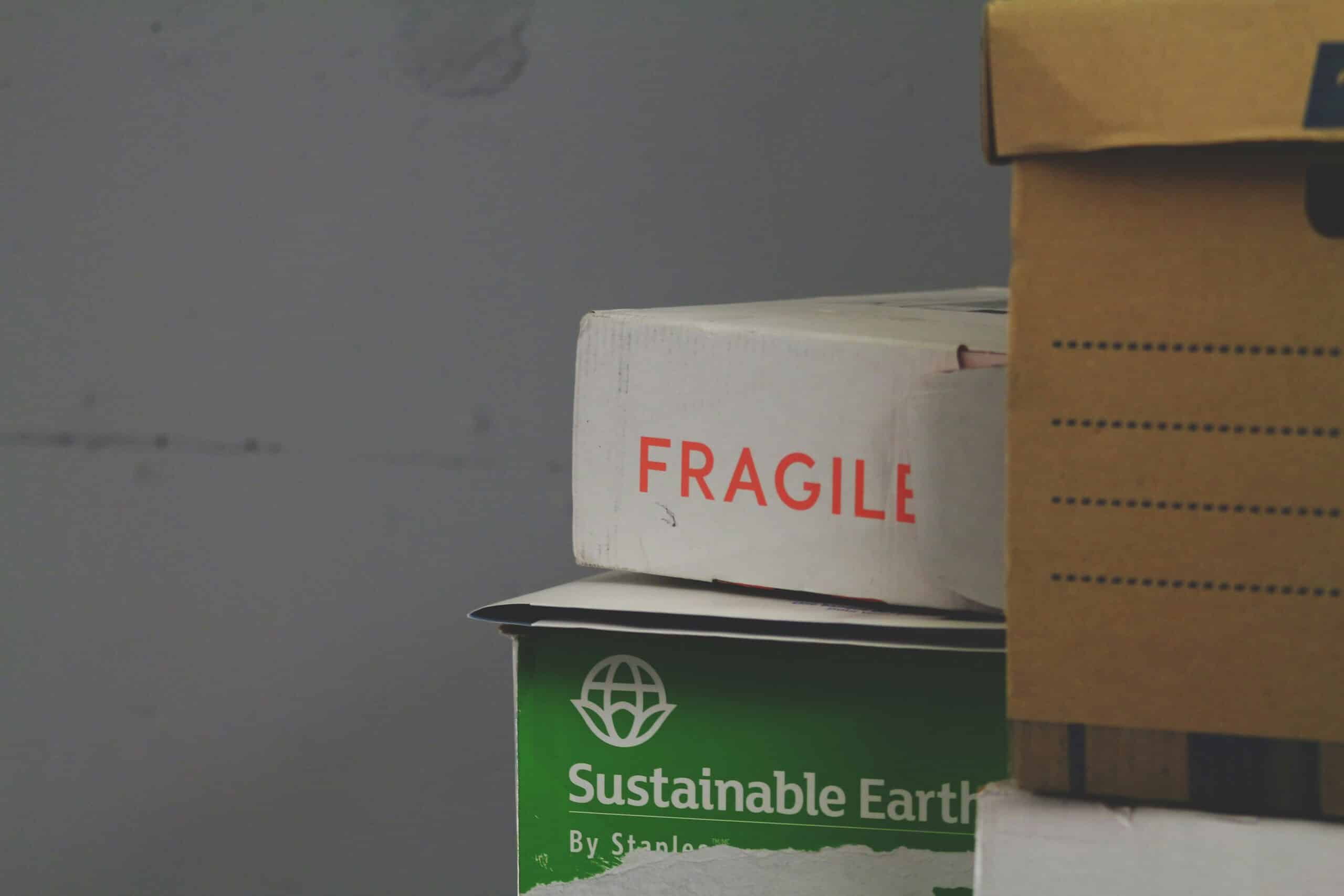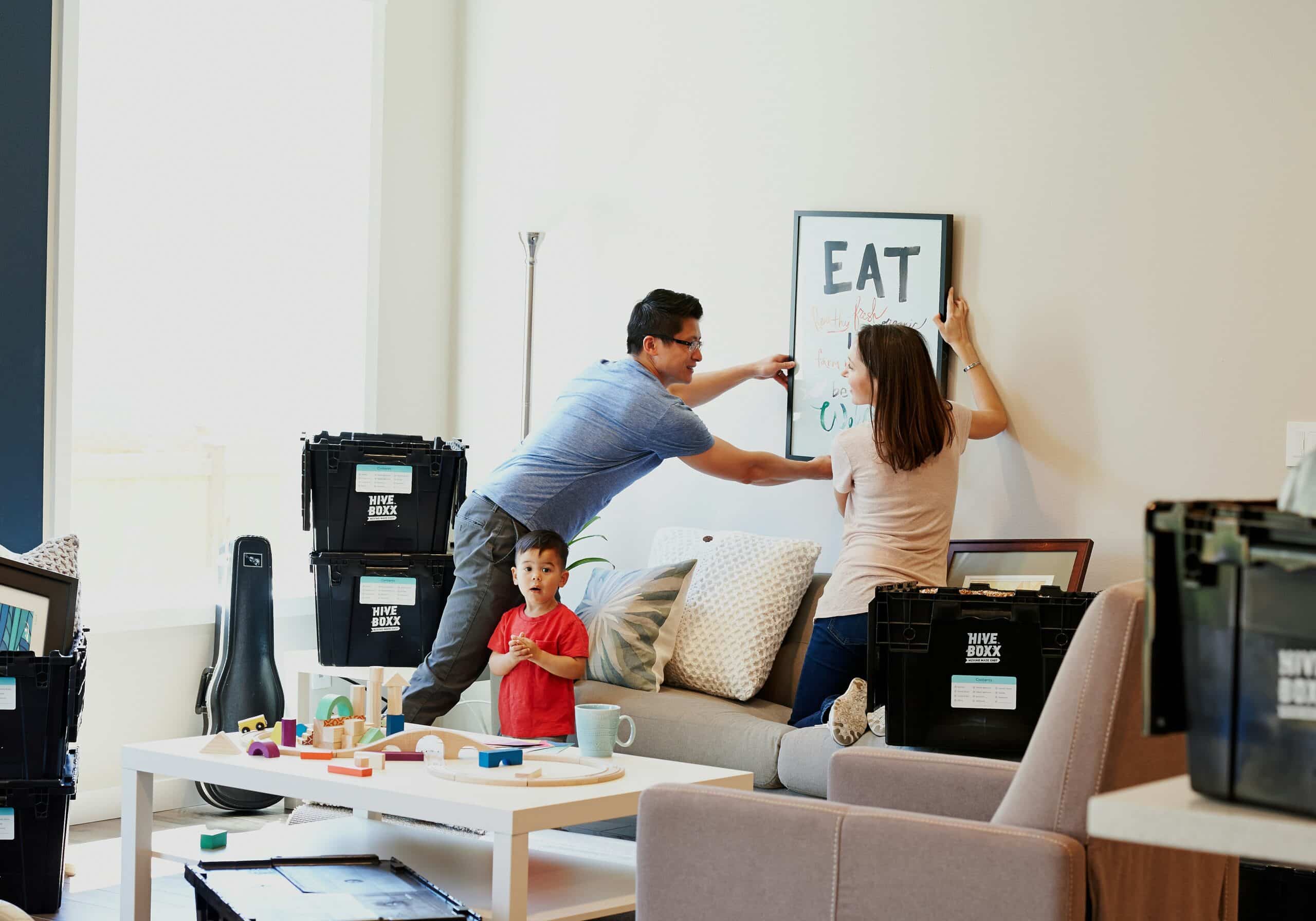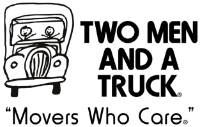Moving day is a whirlwind of complicated activity, and while professional movers are there to handle the heavy lifting, they also put a lot of effort into the moving prep of your home and belongings for your relocation. This isn’t just about getting things from Point A to Point B, it’s about safeguarding your home, furniture, and personal items to ensure everything arrives safely at your new location.
Here’s a closer look at what movers do during moving prep to protect your home so you can feel confident on moving day and understand exactly what to expect.
Protecting Floors and Walls During Moving Prep
One of the first things movers will do upon entering your home is to assess the space for areas that may need protection. From hard floors to carpeted areas and narrow hallways, they’ll use protective equipment to prevent dents, scuffs, and scratches during the moving process.
Use of Protective Gear
Professional movers come prepared with various different protective materials for floors and walls. Floor runners are one of the most common tools used for this purpose. These runners are made from durable, non-slip material that provides a temporary path from your door to important areas of your home. Floor runners prevent mud, dirt, and moisture from getting tracked inside, keeping your floors clean and avoiding scuff marks that might happen from dragging heavy furniture or appliances.
For particularly fragile surfaces, like polished wood floors, movers may also use plastic or felt padding to add an extra layer of protection. Padding also prevents scratching on floors and doorways in high-traffic areas. Many movers will also place door jamb protectors around doorways where items might brush against the frame. These protectors are typically padded, offering a cushion that keeps walls and frames from getting dinged or chipped.
If you have stairs, additional protective gear like stair runners or specialized mats may be used. These mats are often made from non-slip materials to ensure safe footing for the movers while protecting each stair from scrapes or scratches caused by heavy items.
Stairway and Hallway Protection
Hallways and stairways are always high-traffic areas on moving day, and they’re especially vulnerable to damage. Movers are trained to handle tight spaces, and they use several strategies to protect these areas.
For example, movers often add corner protectors in hallways with sharp angles to shield both your walls and the corners of furniture from any impact.
To make maneuvering easier, movers will sometimes take multiple trips with smaller loads, especially in tight spaces. If stairs are particularly narrow or steep, movers may use additional padding along the stair rails, ensuring they don’t scratch or scuff them when carrying heavy or bulky furniture items. In some cases, they may even bring in specialized moving equipment like dollies or sliders to help navigate tricky spaces while keeping your home protected.
Disassembling Furniture
Some items are too large or awkward to fit through doorways or around corners in one piece. To make the move smoother, movers disassemble certain furniture pieces before loading them onto the truck. This not only helps reduce the risk of damage to your home, but also makes it safer and more efficient for the movers.
Taking Apart Large Furniture
Movers are trained to safely disassemble large furniture like bed frames, tables, and sectional sofas. For example, a king-size bed frame or a big dining room table might not fit through doorways easily. Instead of struggling to get them through tight spaces, movers will carefully take them apart piece by piece, making each part of the furniture easier to move.
Taking apart furniture is not a simple process, and it requires knowledge of how each piece is constructed. Movers carefully remove legs, table tops, headboards, or armrests as needed, often using the right tools to make sure no part of the furniture is damaged during disassembly. Once the individual pieces are separated, they are far easier to handle, which reduces the chance of bumping into walls, doorways, or other items in the home.
Labeling and Organizing Parts
When movers take apart your furniture, they also make sure to keep track of every part, because no one wants to arrive at their new home with missing screws, bolts, or other essential furniture parts!
Professional movers typically label and organize every piece of hardware and small part, placing them in clearly marked bags or boxes. For instance, they might use zip-lock bags to hold screws and bolts and label them with the name of the furniture piece they belong to. This way, everything is accounted for, and reassembling the furniture is straightforward once you arrive at your new home.
Wrapping and Protecting Fragile Items
Fragile items require special attention, and movers know that these items hold both financial and sentimental value. They use a variety of materials and packing techniques to make sure fragile items stay safe during the move.
Use of Blankets, Pads, and Wraps
Movers bring heavy-duty moving blankets, furniture pads, and stretch wraps during moving prep to wrap and protect fragile items. These materials offer a thick layer of cushioning to absorb any impact that might occur during the move, whether from loading and unloading or shifting within the moving truck.
For items like mirrors, glass tabletops, and framed pictures, movers carefully cover the surface with a moving blanket, securing it with stretch wrap or specialized packing tape to keep it from slipping. For instance, a delicate glass coffee table will be wrapped in multiple layers of blankets, then secured with straps or tape to hold the wrapping in place. This ensures that even if something presses against it during the move, the blanket padding will prevent any scratches or cracks.
Movers may also wrap bulky but delicate items, like wooden furniture, to protect finishes from scratches and preserve the furniture’s structural integrity. For example, a wooden dresser would be covered with both blankets and stretch wrap, ensuring that the wood doesn’t come into contact with anything that could scratch or dent it.
Specialized Packing for Fragile Goods
In addition to wrapping, movers also use special packing methods for particularly delicate or expensive items. Dishes, glassware, and other breakable items are typically wrapped individually in bubble wrap and packed snugly in reinforced boxes. Movers place extra padding at the bottom and sides of these boxes to prevent movement and protect these items from any impacts.
For high-value items like artwork, sculptures, or heirlooms, some moving companies offer custom crating options. Custom crating involves building a wooden crate specifically designed to hold a single item, providing the highest level of protection. If you’re moving something like a valuable painting, movers may use a wooden crate with foam inserts to prevent any movement. This attention to detail makes sure that your most cherished items receive the special treatment they deserve.
Additional Information
Want to see more about what professional movers do to your home during moving prep? Check out this informational video from Colonial Van Lines University:
Conclusion
Professional movers do more than just transport your belongings. They take careful steps to protect your home and possessions, making the move safer and less stressful. By safeguarding floors and walls, disassembling and organizing furniture, and securely wrapping fragile items, movers ensure that everything arrives intact.
Knowing what to expect can help you prepare too. Keeping walkways clear and sharing any specific concerns with your movers will streamline the process. With all the planning and precautions in place, you can focus on settling into your new space, confident that your belongings are in capable hands.









